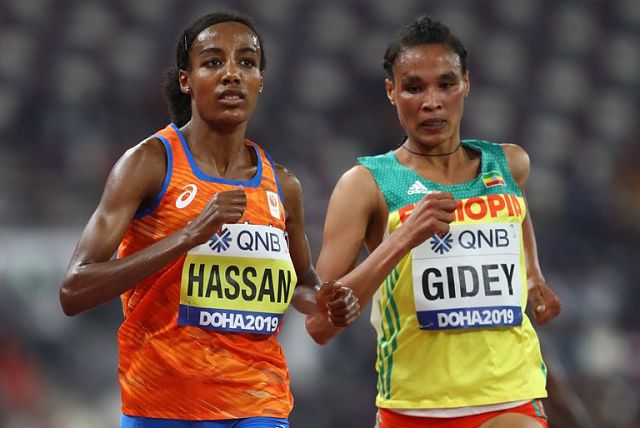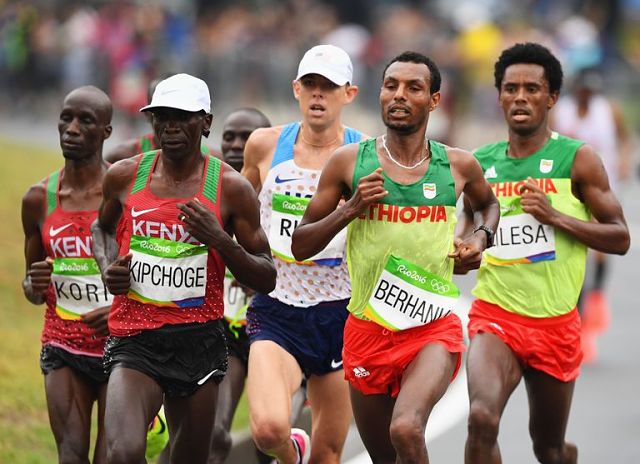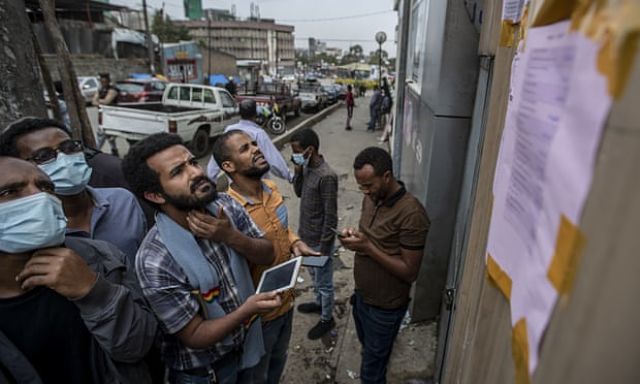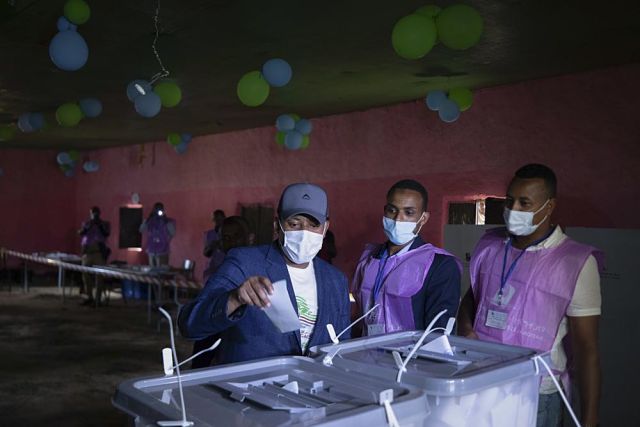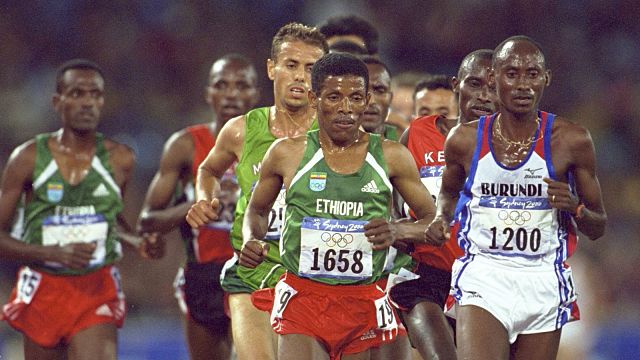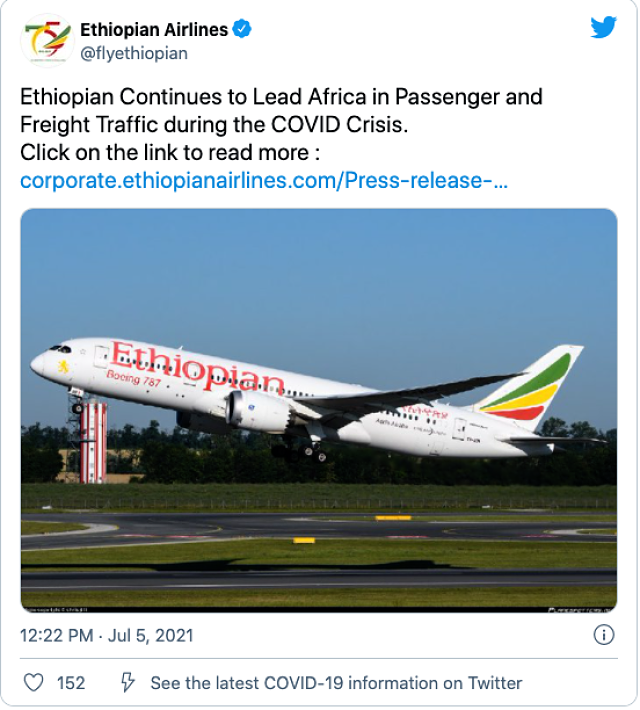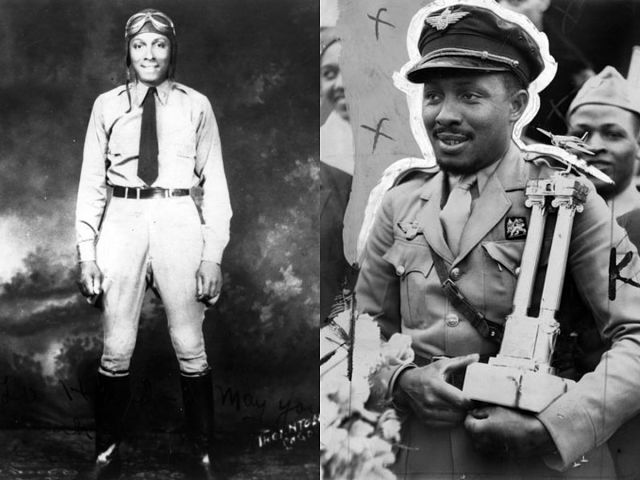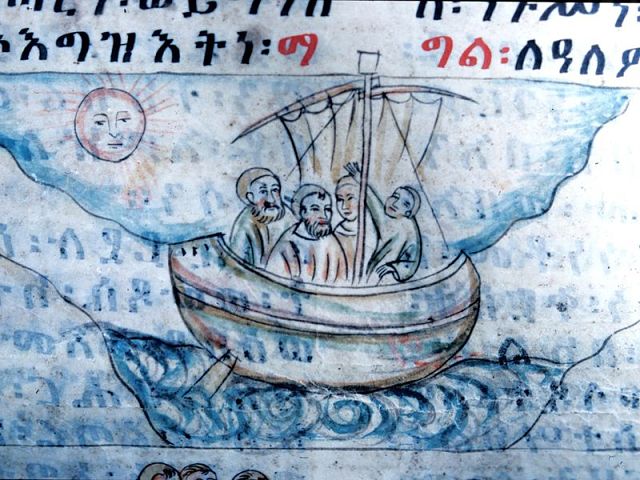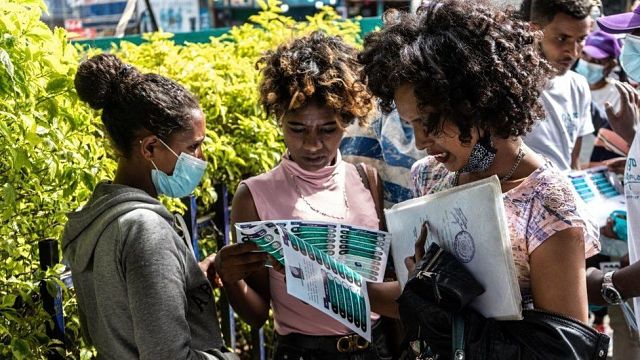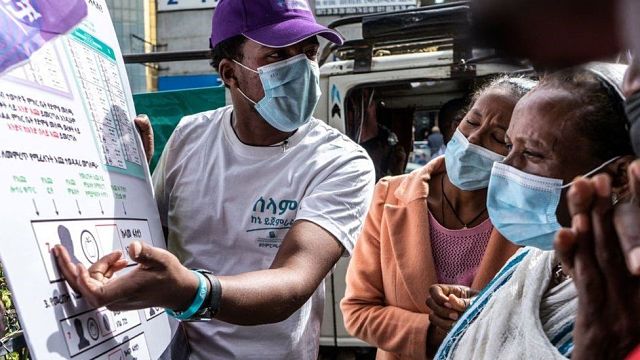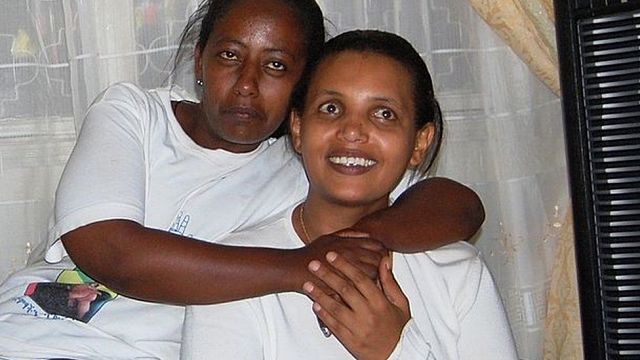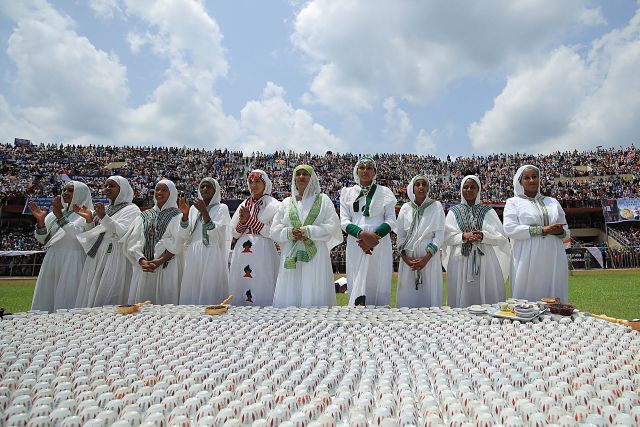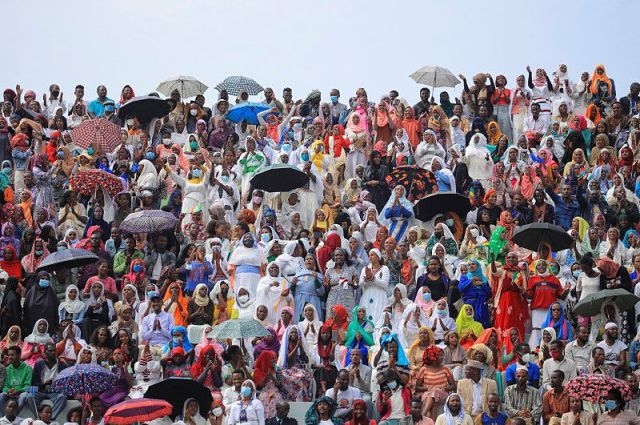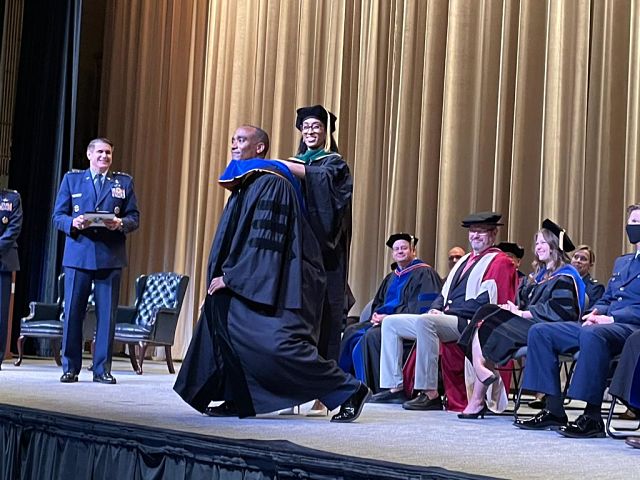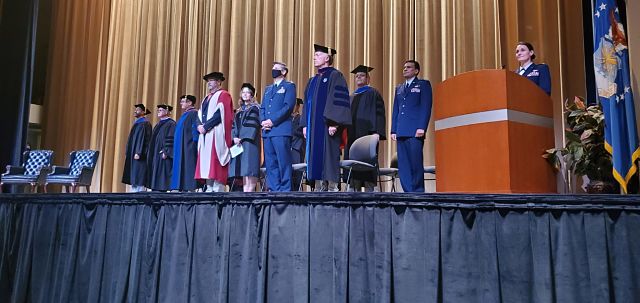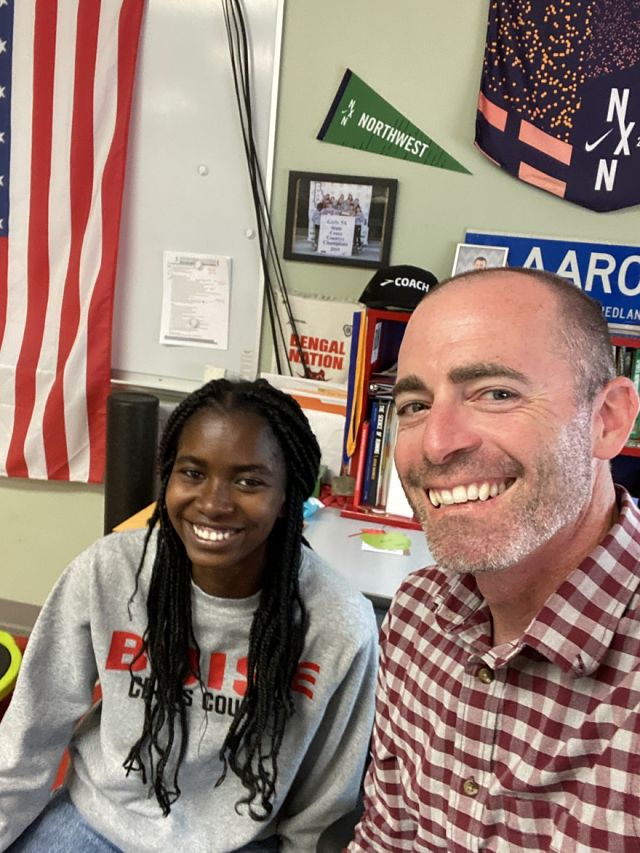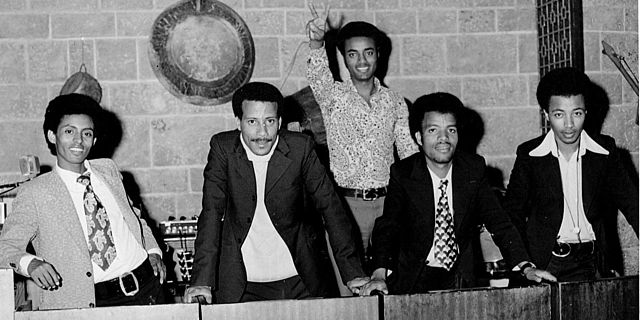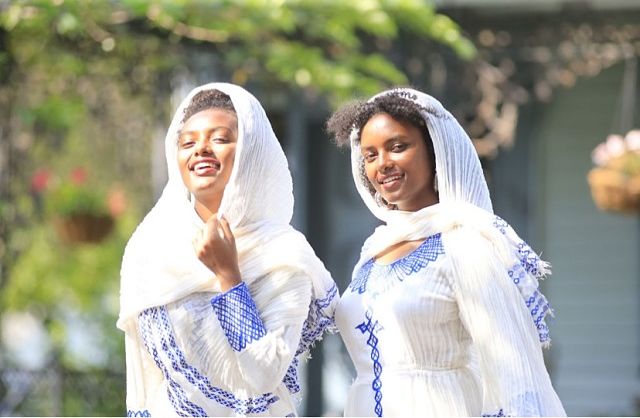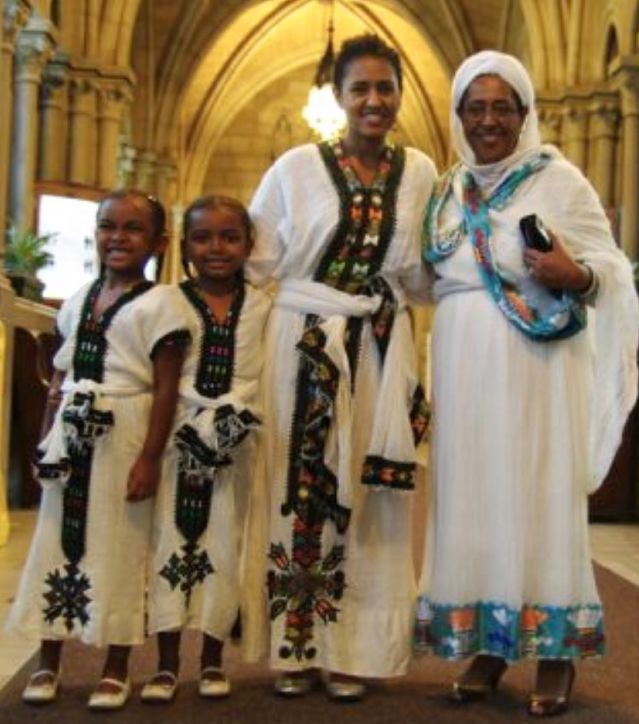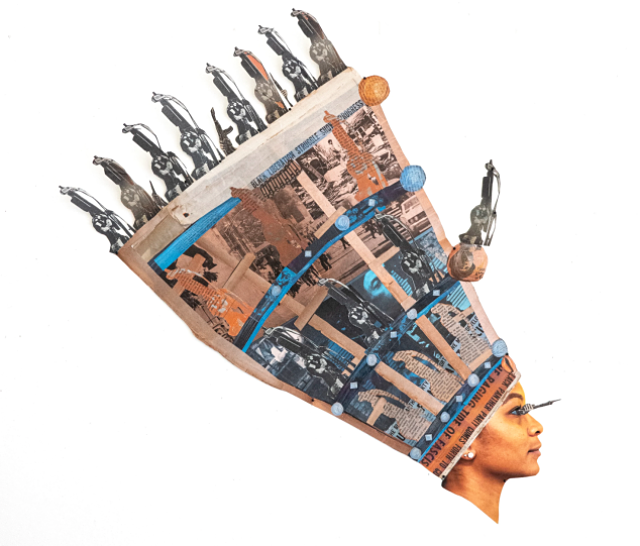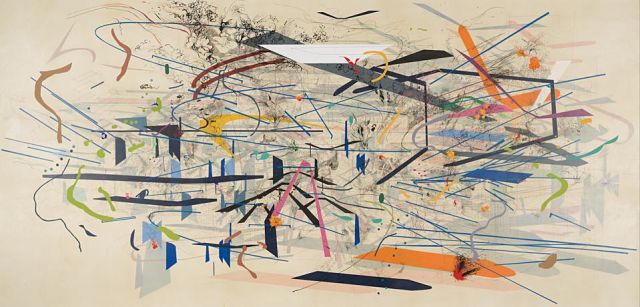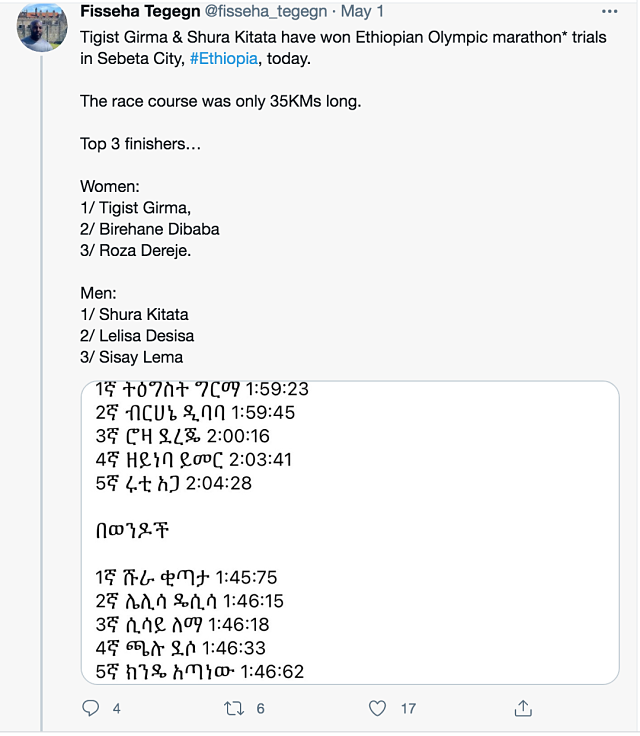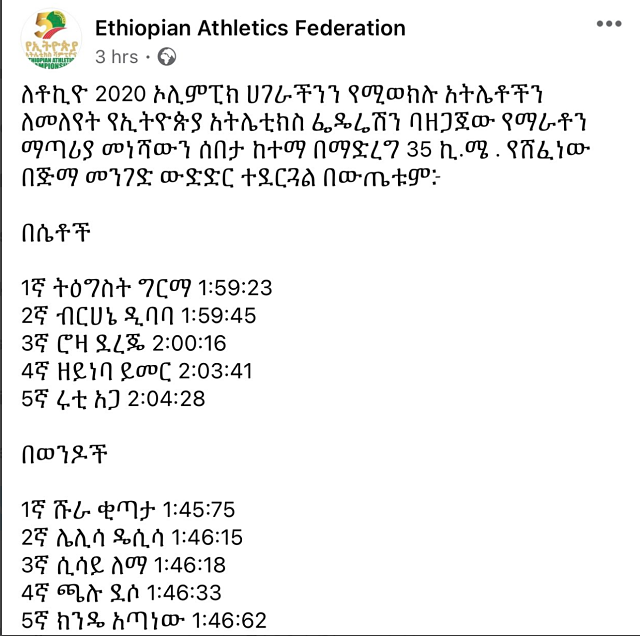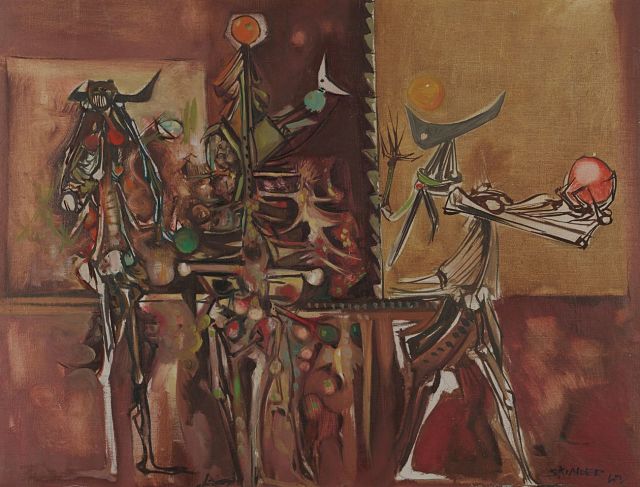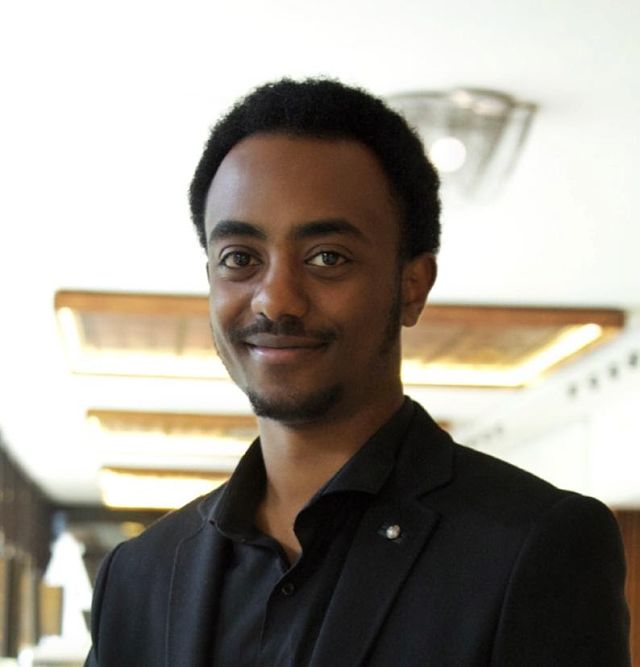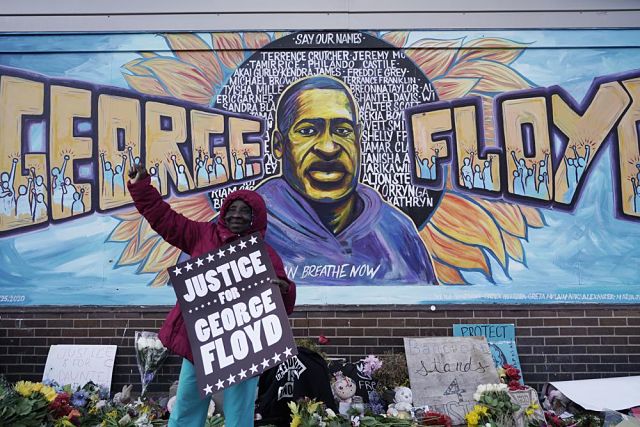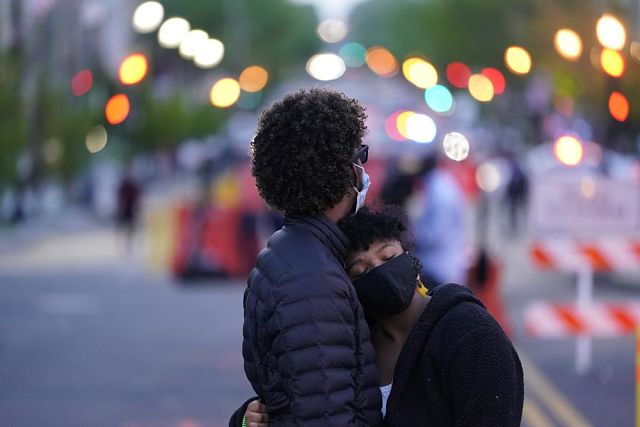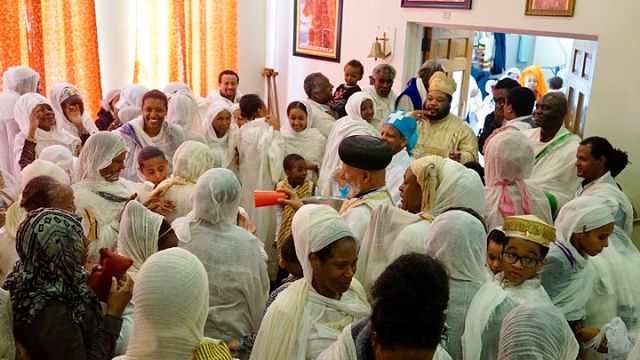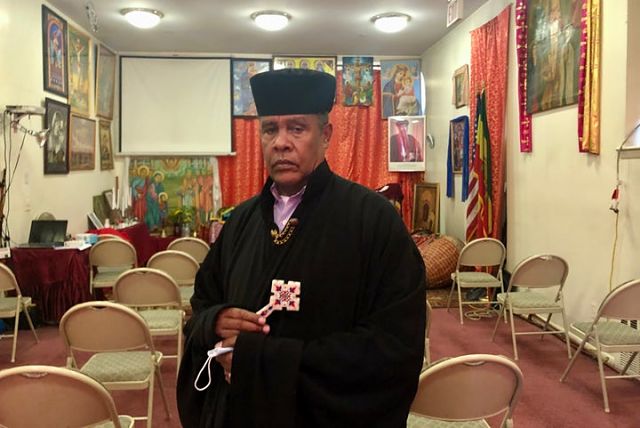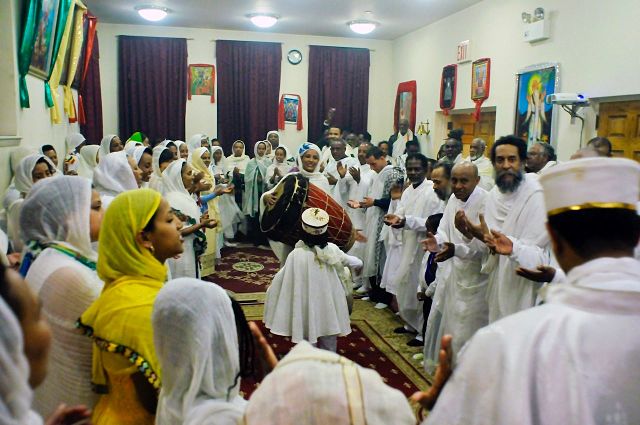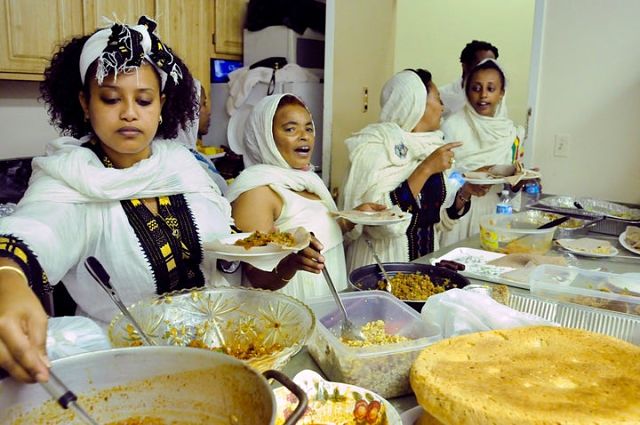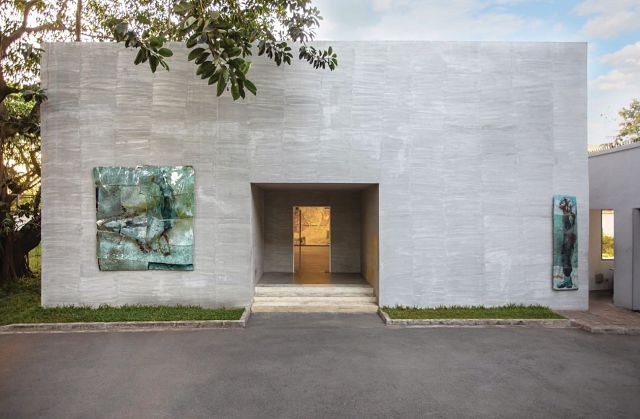Mission Local
The 57-year-old mother from Ethiopia sat across from me on a recent June day. She was in San Francisco, she said, to again search for the son she last heard from in March, 2018.
This is her second visit to the Mission District, one of the last places, she explains, that someone remembered seeing him. One of the last places that gave her some hope.
“I lost all the meanings that I have for life,” said Legawork Assefa, a thin woman who shares her son’s photos. “You can’t imagine what it feels like, looking for your son in the streets of the U.S., where you don’t even know which street takes you where and how to come back to where you have started.”
But she refuses to give up, using savings from her job at an NGO in Ethiopia to cover the costs of three trips to the United States, hire private detectives and slowly piece together the story of her son, Maereg Tafesse. He was 24 when he went missing in early 2018.
An engineering degree and a desire to work with the homeless
Less than two years before disappearing, the 6-foot-2 young man pictured on the flyer in Assefa’s hand graduated from the Worcester Polytechnic Institute in Massachusetts.
His mother is accustomed to describing him, and the photo confirms her memory: He is skinny with a receding hairline. He has tattoos of flying birds on his left wrist and a tattoo of some sort of box on his right.
His family and friends describe him as intelligent and kind-hearted — precisely the sort of young man who would earn a B.A. in mechanical engineering and then volunteer to serve homeless residents in Los Angeles.
“He’s always been consistent, in the sense that he didn’t just want to get a job and do the whole capitalism thing,” said Zuhair Sras, his close friend from college. “He said he’d want to join the Christian anarchists group in Los Angeles.”
He joined a group of volunteers at the Los Angeles Catholic Worker, which operates hospice care for the dying, a hospitality house for the homeless, publishes a bi-monthly newspaper and generally opposes war-making and systemic injustice.
Members live together in a commune setting, with volunteer work covering room and board and bringing in a stipend of $15 to $25 a week. Tafeesse worked in the soup kitchen.
Jed Poole, an associate director who lived in the room next to Tafesse, said the young volunteer was like others who graduate and aren’t ready to jump into traditional work.
He stayed from September, 2016, to September, 2017, his mother said. Poole said that timeframe sounded about right.
Next, in October, 2017, Tafesse moved to the Seattle area, where he volunteered at Left Bank Books, which “specialize(s) in anti-authoritarian, anarchist, independent, radical and small-press titles,” according to its website. At one point he also volunteered at the Green Tortoise Hostel in return for shelter, Assefa said.
When he last emailed with his mother in March, 2018, Tafesse wrote about leaving the country, but five months later, Assefa confirmed that he had never left.
So, in September 2018, she flew to Seattle to find him. But instead, she only found small clues: that her son had checked out of the the Green Tortoise Hostel in February, 2018, and that he had texted Adrian Lambert, a worker at the bookstore, the day before he went missing to say that he was going to Sacramento and might return to Seattle again in the summer.
Assefa reported her son missing to the police department in Seattle, and detectives there said that they found Tafesse had been in Sacramento in 2018, a fact confirmed by Seattle Police Detective Patrick Michaud. Tafesse’s case as a missing person remains open, Michaud said.
Unable to locate her son, Assefa returned home to Ethiopia, but traveled back to the United States a year later, in October, 2019, to visit Sacramento and to canvas its homeless shelters. At a Salvation Army homeless shelter, she met Lee, who is homeless. He recognized Tafesse’s photo and reported seeing him at the nearby light rail station around a month before Assefa arrived.
The man wore clothes of Ethiopian style, Lee said. Like Tafesse, the man also also had a tattoo on his wrist.
Assefa’s search in 2019 next took her to San Francisco because a private detective told her that Tafesse bought a bus ticket from Sacramento to San Francisco on March 8, 2018. Sras, Tafesse’s college friend, also reported that Tafesse had talked about the possibility of moving to San Francisco.
In San Francisco, Assefa visited homeless shelters — flyers and photos in hand. One of the nonprofits she visited was Dolores Street Community Services.
Three workers there recognized her son, including then-receptionist Barbara Torres. She told Assefa in 2019 that, a week prior, someone who looked “similar” had made a landline call, asked for a shower and was later seen down the street.
Torres, the receptionist, confirmed this month that she and two others at the nonprofit had also remembered seeing Tafesse in the area in 2019. She added, however, that the man she saw looked “rougher” and “more rugged” than the one in the photos Assefa showed them, as if he had been homeless.
In March and April this year, two workers in Sacramento shelters also reported seeing a man who resembled Tafesse, according to Brittany Stevens, an investigator with Sacramento’s Gumshoe Detective Agency.
Why does someone disappear?
Tafesse’s mother, family members and friends are unclear why the young college graduate dropped out of sight. There was no history of mental instability earlier in his life, they said.
Allison McGillivray and her husband Sam Yergler met Tafesse when they were working at Los Angeles Catholic Worker. They said that, a month before he went missing, Tafesse visited them in Eugene, Ore., where they now live.
He took the bus and stayed for several nights to reconnect, McGillivray said. They parted on good terms, and have no idea why he would have gone missing.
Tafesse also regularly spoke to his uncle, Atlabachew Assefa, who lives in Dallas, and is the family member closest to him in the United States. A week or perhaps only days before he disappeared, they talked for 10 minutes and spoke of meeting in April or May of that year.
“I’ll call you next week,” Tafesse promised.
Shortly after, on March 3, 2018, Tafesse stopped communicating with everyone.
“I just don’t have anything. Really. I really don’t,” his uncle said. “I just want to say that anybody who’s seen him, anybody who has any information about this … the family is suffering.”
“We don’t have any clue, even if he’s alive or dead,” Atlabachew Assefa added. “We just need to know what happened to Maerag. That’s all. So, we beg everybody, ask everybody.”
June 2021
When she visits the city her son might have been in, Assefa always finds herself walking.
She tries to get a good view of people’s faces, especially those who are homeless.
Assefa suspects her son could be volunteering again or living on the streets, so she often visits and distributes his information at homeless shelters and community nonprofits wherever he’s lived or been reported in.
“Every time I see someone, I see him in them,” she said.
The San Francisco Police Department found no reports of Tafesse in its system. The Department of Homelessness and Supportive Housing declined to confirm the presence of Tafesse in its system due to privacy concerns. The Office of the Chief Medical Examiner said it has no reports of Tafesse in its system.
Assefa asks that anyone who may have information relating to the whereabouts of her son contact her at legaworka@gmail.com or on Whatsapp at +251911231194.
The Seattle Police Department said that information on missing people should be reported to (206) 625-5011.
You can alternatively contact the San Francisco Police Department’s Missing Persons Unit at (415) 734-3070 from 9 a.m. to 5 p.m. Monday through Friday or (415) 553-0123 outside of those hours.
You can also contact the reporter, who will forward your message to Assefa, at david@missionlocal.com.
—
Join the conversation on Twitter and Facebook.


